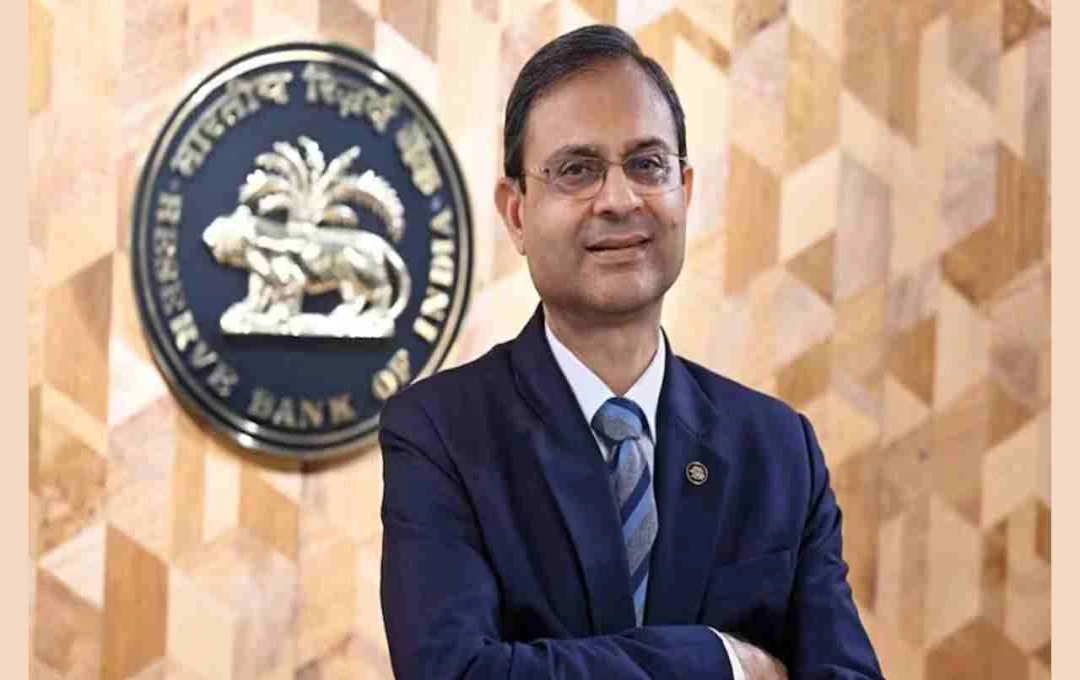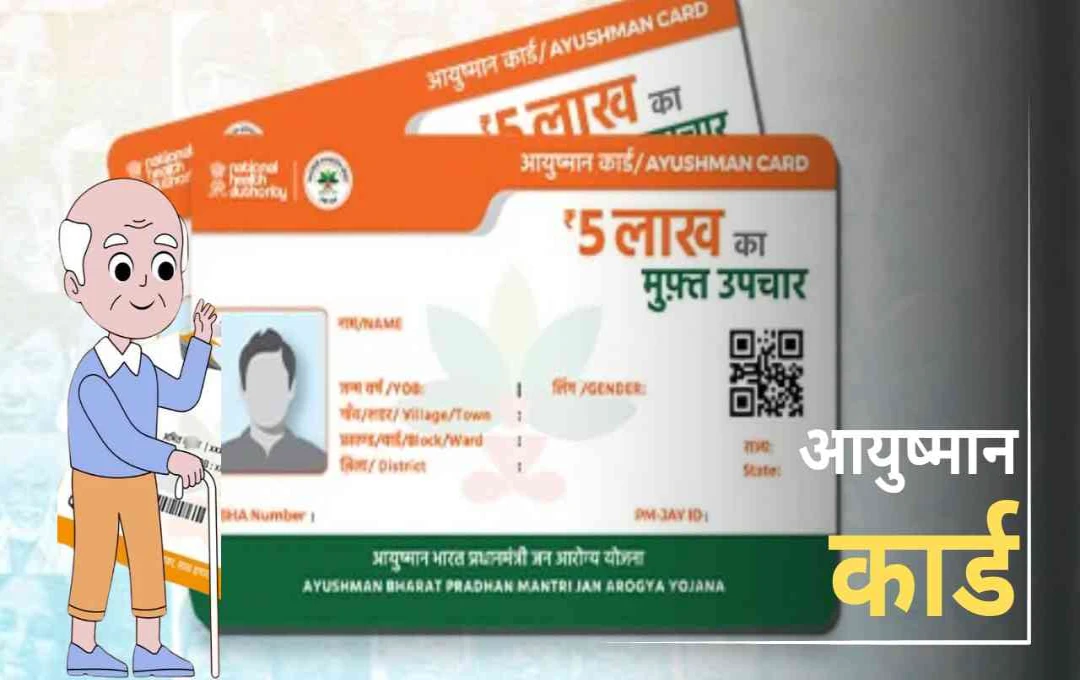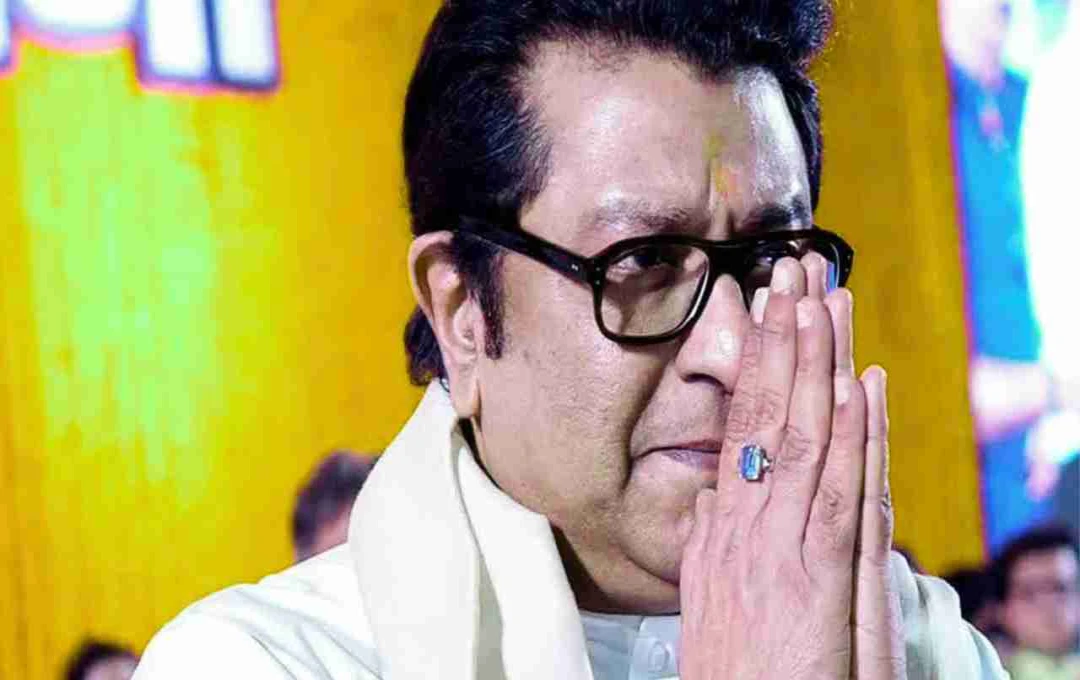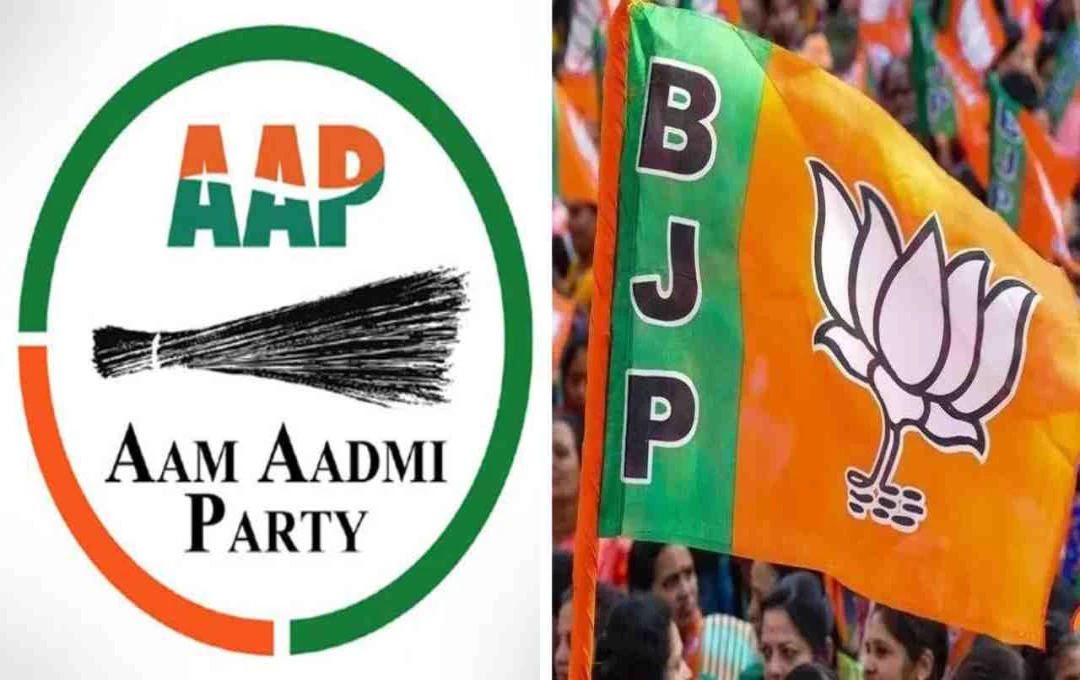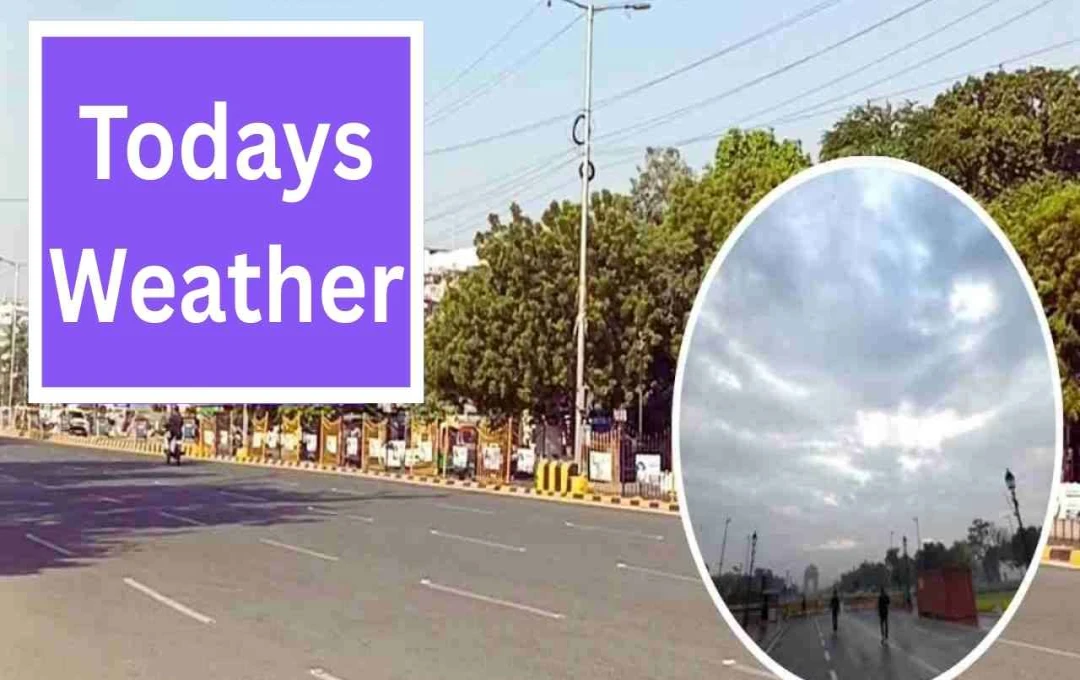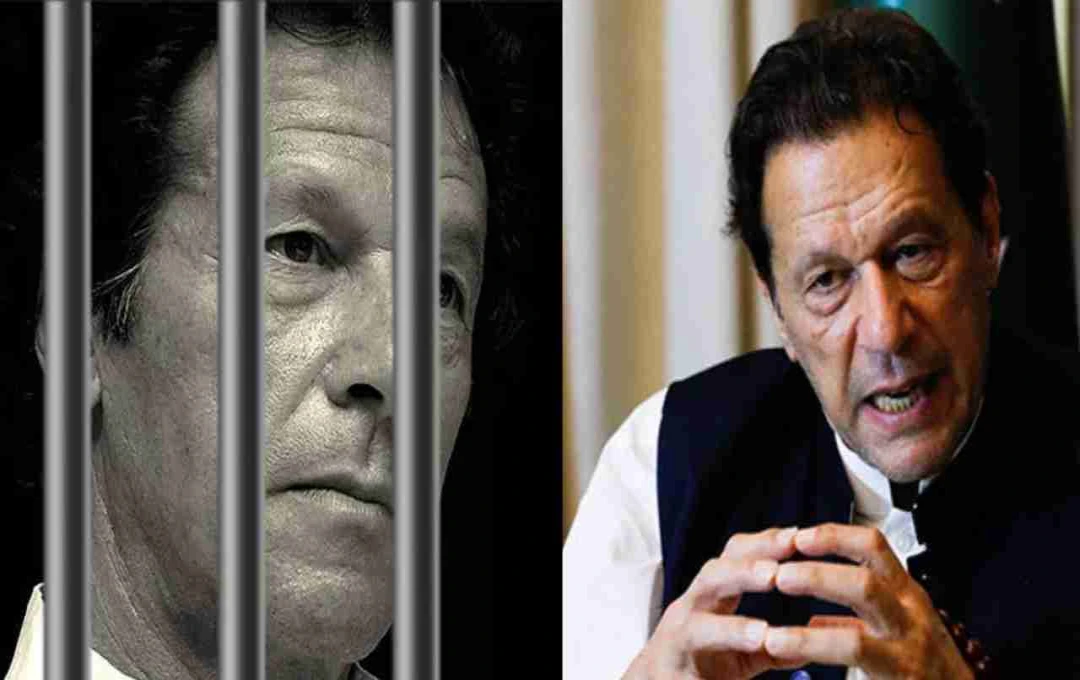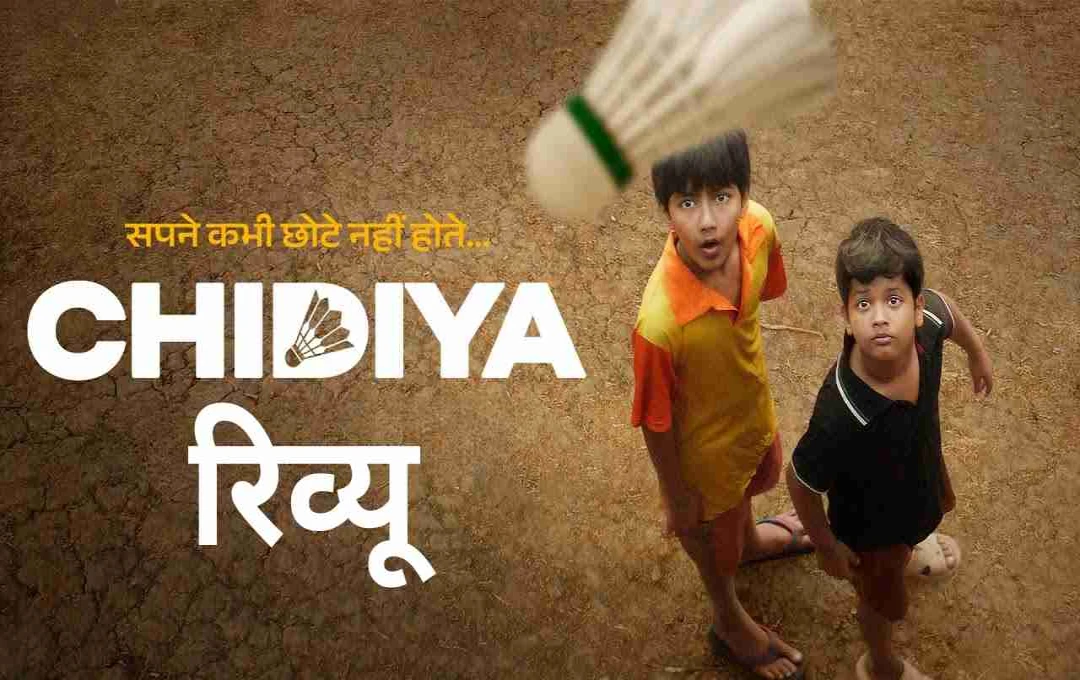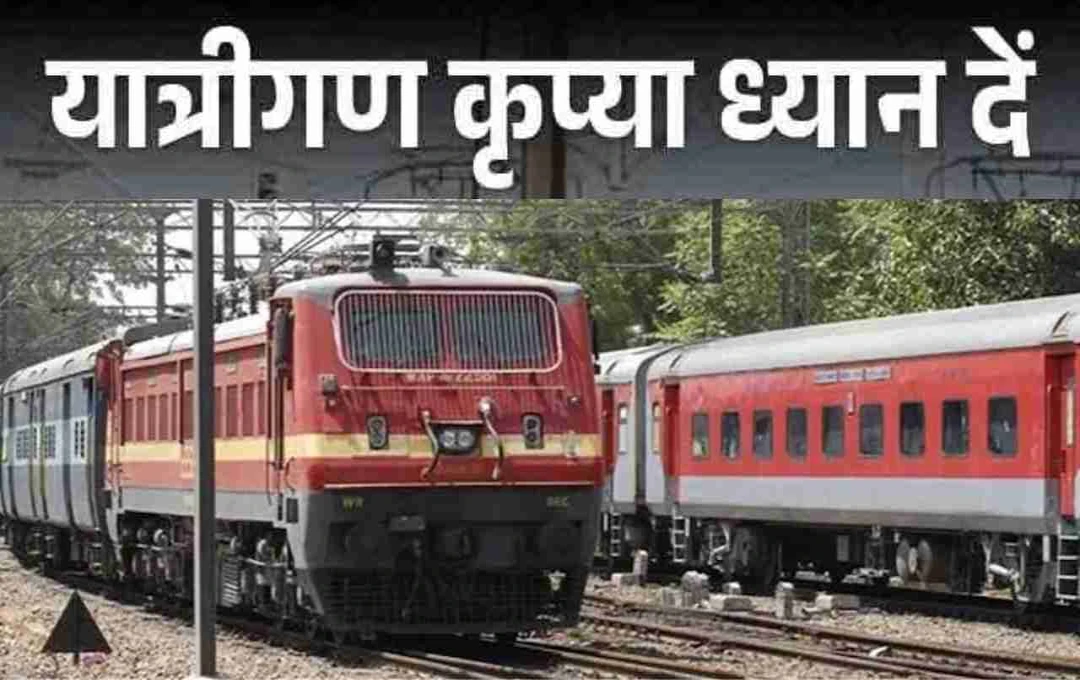Following a 25 basis point reduction in February, the Reserve Bank of India (RBI) provided further relief to the public in its April meeting by reducing the repo rate by another 25 basis points. This is expected to lower EMIs for home and auto loans.
New Delhi: To boost the country's economy, the Reserve Bank of India (RBI) may reduce the repo rate by up to 0.50% between June and Diwali. Reports suggest that the Monetary Policy Committee (MPC)'s next review meeting, scheduled between June 4th and 6th, could bring significant relief to the general public.
According to experts, the committee has already reached a consensus on a 0.25% reduction, with a second reduction potentially occurring in the August or September meeting. Diwali falls on October 20th, and it is anticipated that the RBI might offer the public a gift of cheaper loans and increased job opportunities around this festival.
Significant Loan Discounts Possible Before Diwali
The consecutive repo rate cuts are providing substantial relief to the general public. The Reserve Bank of India (RBI) has already implemented two 25-basis-point reductions in the monetary policy meetings of February and April. Further relief is anticipated in the coming months.
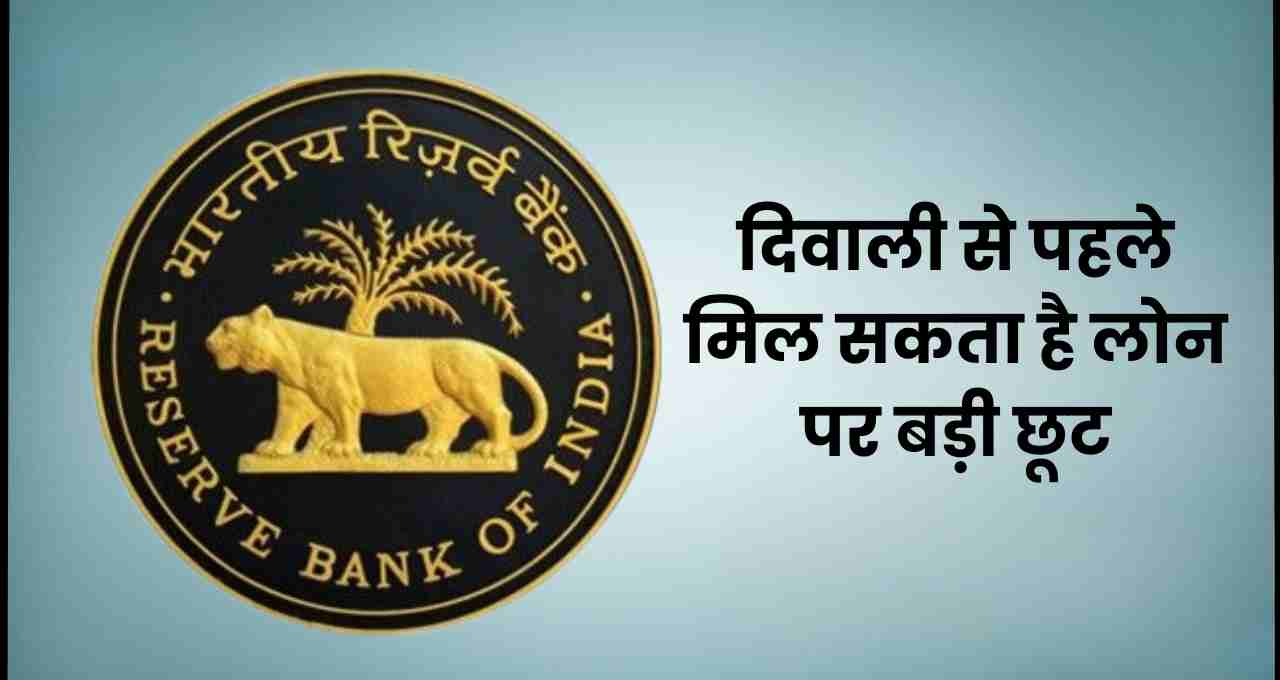
According to a recent SBI report, the RBI is likely to cut the repo rate by a total of 75 basis points in the June and August monetary reviews. Additionally, a further 50-basis-point concession may be granted in the second half of fiscal year 2025-26. Therefore, a total repo rate reduction of 125 basis points is considered possible for the entire fiscal year. This move could pave the way for cheaper loans and new job creation by Diwali.
What is the Repo Rate and Why Does it Directly Affect Ordinary Citizens?
The repo rate is the interest rate at which the Reserve Bank of India (RBI) lends short-term funds to commercial banks in the country. When a bank needs cash, it borrows money from the RBI at this rate.
The RBI's Monetary Policy Committee (MPC) meets every two months to review the repo rate. This committee comprises six members – three from the RBI and three nominated by the central government. A total of six meetings are scheduled per fiscal year.
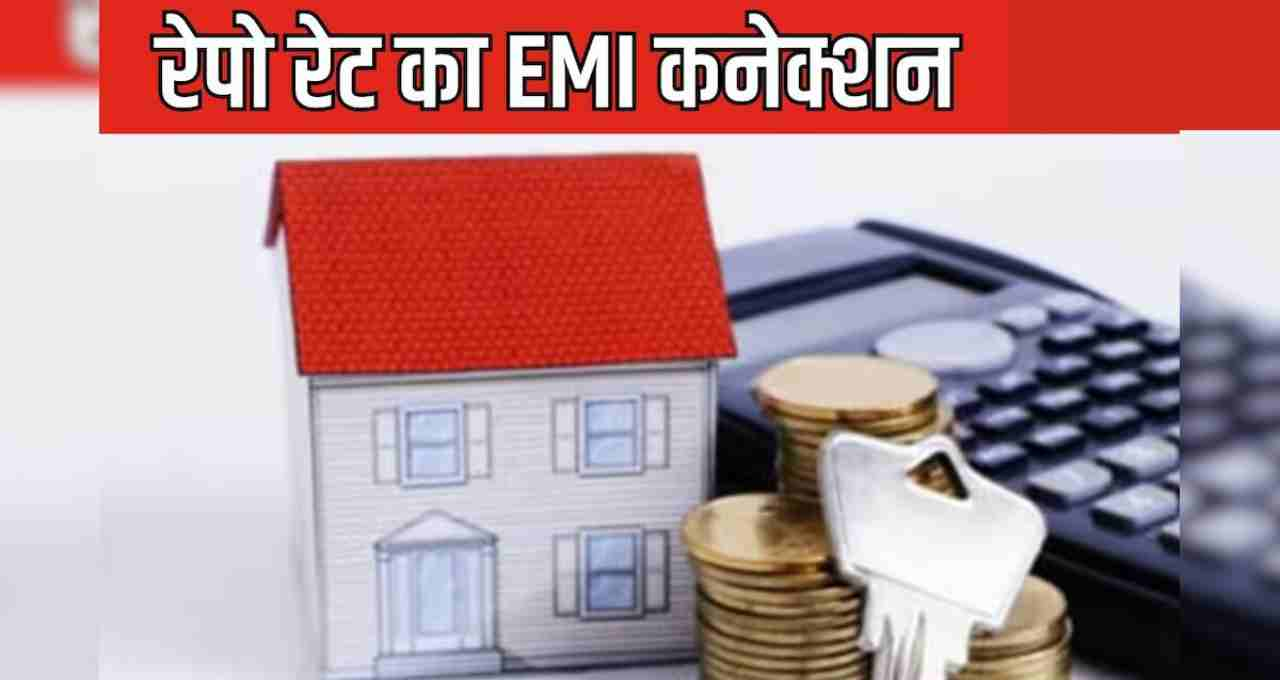
When the repo rate decreases, banks receive loans at a cheaper rate, impacting ordinary consumers. This leads to lower interest rates on home loans, auto loans, and other personal loans. As a result, EMIs are reduced, providing direct relief to individuals.
By adjusting this rate, the RBI attempts to balance monetary flow and inflation in the market to maintain economic stability.
